The Future of Home Automation: IoT-Enabled Smart Homes
"Smart homes
are not just a fad – they are the future. With the rapid advances in
technology, it is becoming easier and more affordable than ever before to
connect and control all the devices in your home." - Lisa Montgomery, Home
Technology Expert and Writer
With the
rise of the Internet of Things (IoT), the concept of home automation has
transformed into smart homes that can be controlled and monitored remotely
through IoT devices and sensors. In this article, we will explore the
applications and benefits of IoT in smart homes, as well as the challenges and
future potential of this technology.
"Smart
home technology is becoming more accessible and affordable, with a variety of
devices now on the market that can be easily controlled through a single app.
This is driving the widespread adoption of smart home devices, which in turn is
fueling the growth of the smart home industry." - Blake Kozak, Principal
Analyst at IHS Markit
What is a
Smart Home?
A smart
home is a residence that uses internet-connected devices to enable the remote
monitoring and management of various home systems and appliances, such as
lighting, heating and cooling, security, entertainment, and even appliances
like refrigerators and ovens. These devices are often controlled through a
central hub or a smartphone app, allowing homeowners to manage and automate
various aspects of their homes remotely.
According to a report by Zion Market Research, the global smart home market is expected to reach a value of USD 174.24 billion by 2025, growing at a CAGR of 13.52% from 2019 to 2025. This growth is driven by the increasing demand for advanced home automation solutions, rising awareness of energy-efficient and eco-friendly homes, and the proliferation of internet-connected devices.
Moreover, a study by MarketsandMarkets found that the increasing adoption of smart home technologies is driven by the benefits they offer, such as convenience, energy efficiency, and improved security. The study also notes that the development of low-cost smart home solutions and the increasing popularity of voice assistants like Amazon Alexa and Google Home are further fueling the growth of the smart home market.
According
to a study by Parks Associates, the adoption of smart home technology is more
common among younger generations, with millennials being the most likely to
purchase and use smart home devices. However, the study also found that older
generations, such as baby boomers and seniors, are increasingly becoming
interested in smart home technology due to the potential for increased safety
and convenience.
In addition, smart home technology is popular among affluent consumers who can afford the higher cost of entry. As the technology becomes more widespread and affordable, it is expected to become increasingly popular among a wider range of consumers.
IoT and Smart Homes
Smart homes are a popular application of the IoT, as they offer a convenient and connected living experience. By integrating IoT devices and systems, homeowners can remotely control and automate various aspects of their homes, such as lighting, temperature, security, and entertainment.
For example, smart thermostats can learn a homeowner's preferences and automatically adjust the temperature accordingly, while smart lights can be controlled through a smartphone app or voice command. Home security systems can also be connected to the IoT, allowing homeowners to monitor their homes and receive alerts if anything out of the ordinary happens.
Let's watch what a smart home looks like.
The ability to control and monitor their homes remotely provides homeowners with added convenience and peace of mind, making smart homes an increasingly popular choice in the real estate market.
Applications of IoT in Smart Homes
"As
more and more devices become connected, the possibilities for smart home
technology are truly limitless. From automated grocery ordering to personalized
health monitoring, the future of smart homes is incredibly exciting." -
Mike Farley, CEO of smart home technology company, Eureka Park
Energy Management: Smart thermostats and smart lighting can be controlled remotely and scheduled to reduce energy usageWith smart lighting, you can control the brightness and color of your lights from your smartphone or voice assistant, set schedules and automate your lighting based on your preferences. Philips Hue, LIFX, and Nanoleaf are popular smart lighting brands.
Smart appliances, such as refrigerators and washing machines, can also be programmed to optimize energy efficiency. These devices use sensors to detect when you're home and adjust the temperature accordingly, saving energy and reducing your utility bills. For smart refrigerators, the LG ThinQ refrigerator can recommend recipes based on the food you have on hand and alert you when you're running low on certain items.
Home Security: Smart locks, cameras, and motion sensors can be monitored remotely and provide real-time alerts to homeowners in case of suspicious activity. These devices also allow homeowners to grant access to guests or service providers remotely. Examples include Ring, Nest Secure, and SimpliSafe.
Health and Wellness: IoT-enabled devices can monitor health parameters, such as heart rate and blood pressure, and provide feedback and alerts to both the individual and healthcare providers. Smart homes can also be programmed to provide a healthy environment, such as controlling air quality and temperature.
Home Entertainment: Smart speakers, streaming devices, and media centers can be controlled with voice commands and integrated with other smart home devices to create a seamless entertainment experience. Devices like Amazon Echo and Google Home are voice-activated assistants that can control smart home devices, answer questions, play music, and more.
Benefits of IoT-Enabled Smart Homes
"Smart
homes offer a number of advantages in terms of convenience, energy efficiency,
and security. With the rise of IoT-enabled devices, homeowners can now control
their homes from anywhere in the world with a smartphone app." - Amit
Fulay, Vice President of Product Management at Google
Greater Convenience: Voice-activated assistants and automated routines can make daily tasks easier and more efficient.
"The
future of smart homes is a fully integrated system that knows what you need
before you do. AI and machine learning will be key to achieving this." -
Brian Solis, Digital Analyst and Anthropologist.
Increased Energy Efficiency: Real-time monitoring and automation can help reduce energy usage and save costs on utility bills.
"The benefits of smart homes go beyond just convenience. These systems can also help us live more sustainably by reducing energy consumption and waste." - Dr. Laura James, Senior Lecturer in Sustainable Design at the University of Bath
Improved Security: Smart locks, cameras, and alarms provide enhanced security and peace of mind.
"Smart
home technology is no longer just a luxury, it's becoming an expectation.
People want to be able to control every aspect of their home from the palm of
their hand." - David Pogue, Tech Columnist at The New York Times
Challenges of IoT-Enabled Smart Homes
While the benefits of smart homes are numerous, there are some legitimate concerns that need to be addressed before wider adoption can occur. Security is a major concern for homeowners as the more connected devices there are in a home, the more vulnerable it becomes to cyber-attacks. This could result in a breach of personal data or even physical harm to the occupants of the home. Thus, it is crucial for IoT and smart home companies to invest in robust security measures to ensure the safety and privacy of their customers.
Another challenge is the complexity of smart home systems. As the number of connected devices in a smart home increases, it becomes more challenging to manage and operate the system. This can lead to confusion and frustration for homeowners, who may struggle to troubleshoot problems or understand how to use the system effectively. Therefore, the user interface and experience must be designed with simplicity and ease of use in mind. Smart home products must be intuitive and user-friendly to encourage wider adoption and to ensure that they are actually used to their full potential. Manufacturers need to invest in designing products that are not only functional but also easy to use.
Additionally, there is a need for standardization and interoperability among IoT devices. Currently, many smart home devices use different communication protocols, making it difficult for devices from different manufacturers to work together seamlessly. This can create compatibility issues and limit the flexibility and functionality of smart home systems. Consumers don't want to be tied to a single brand or technology, and they expect their devices to work seamlessly with one another. This means that IoT companies need to collaborate and standardize their protocols.
Lastly, there is the issue of cost. Smart home systems can be expensive, and many homeowners may not be willing or able to invest in such systems. Additionally, the cost of maintenance and upgrades can also be a significant factor to consider.
Addressing these challenges is crucial in ensuring that IoT-enabled smart homes become more widely adopted and integrated into our daily lives.
The Future of Smart Homes and IoT
"Smart homes will continue to evolve with the use of AI and machine learning, becoming even more personalized and intuitive, and ultimately making our lives more convenient and efficient." - Daniel Burrus, Technology Futurist and Business Strategist.
For
example, a smart thermostat can use machine learning algorithms to learn a
homeowner's schedule, and automatically adjust the temperature to their
preferred level before they arrive home from work. Similarly, a smart lighting
system can learn a homeowner's preferences for lighting, and adjust the
brightness and color temperature of the lights accordingly.
"The integration of AI and machine learning in smart homes will allow for greater automation and customization, creating an ecosystem of devices that can predict and adapt to the needs of the user." - Anthony Barbagallo, VP of Product Strategy at AppNeta.
The
potential applications of AI and machine learning in smart homes are vast. As
the technology continues to improve, we can expect to see even more
personalized and intuitive smart home systems that can anticipate our needs and
preferences. This will not only make our lives more convenient, but also more
energy-efficient and sustainable.
IoT-enabled
smart homes offer numerous benefits, from increased energy efficiency to
improved security and convenience. While there are challenges to overcome, the
potential for innovation and integration of IoT technology in smart homes is
vast. The future of home automation is bright, and IoT is leading the way.
Let's end by spending a day in a smart home.
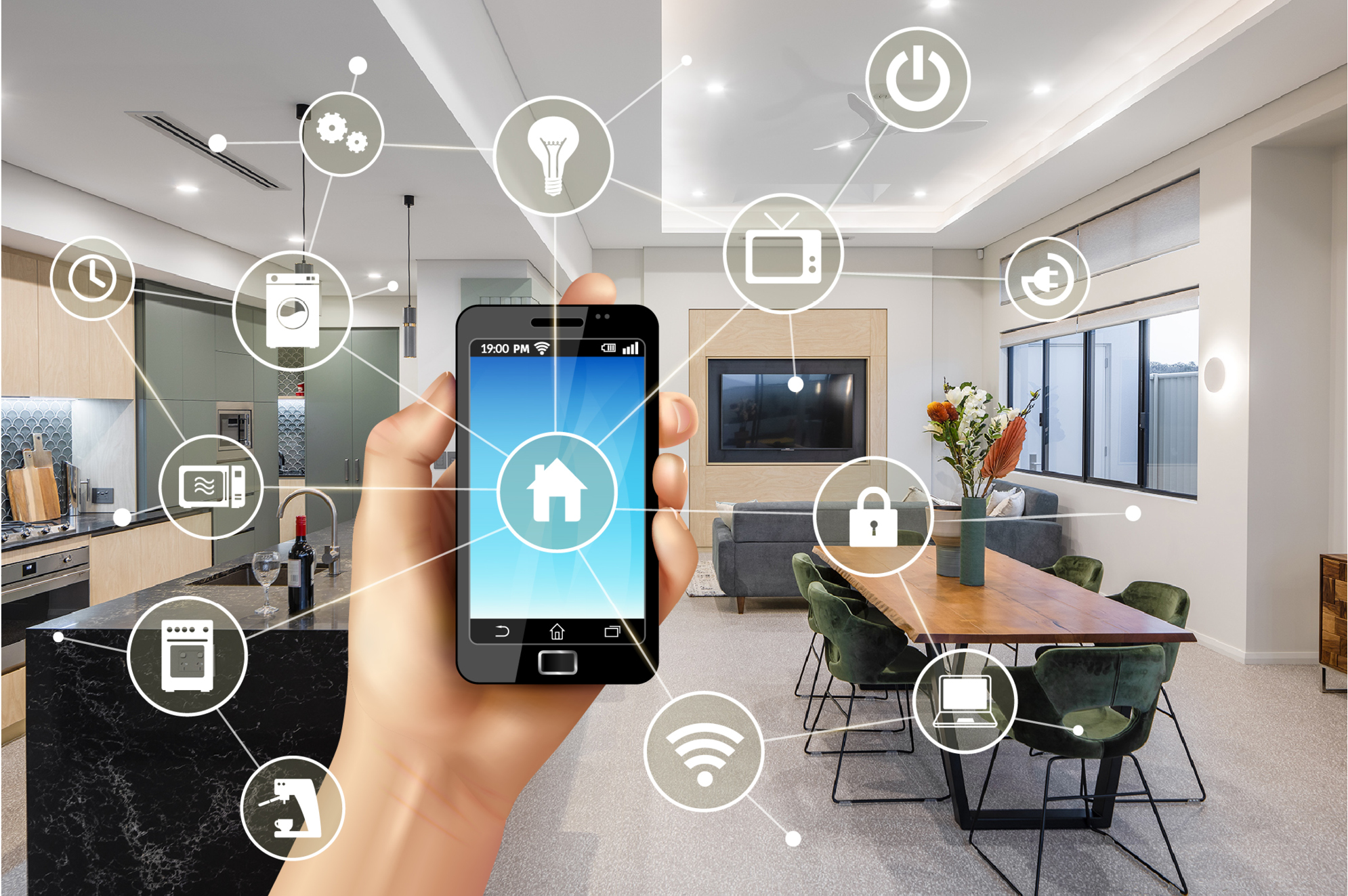

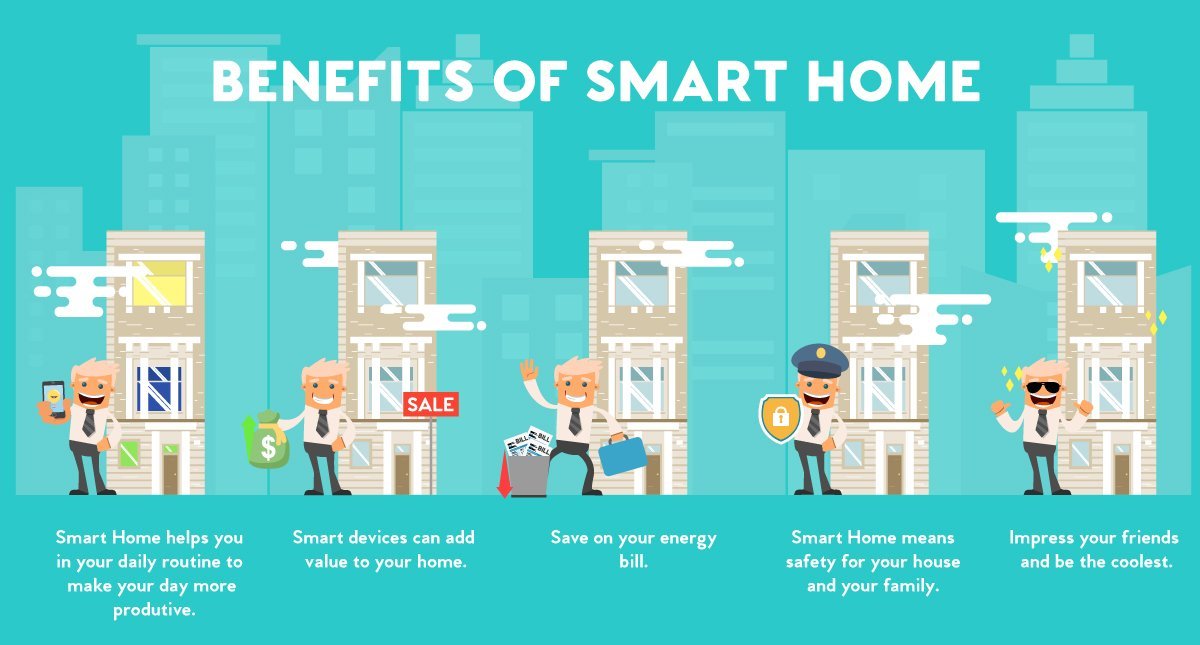
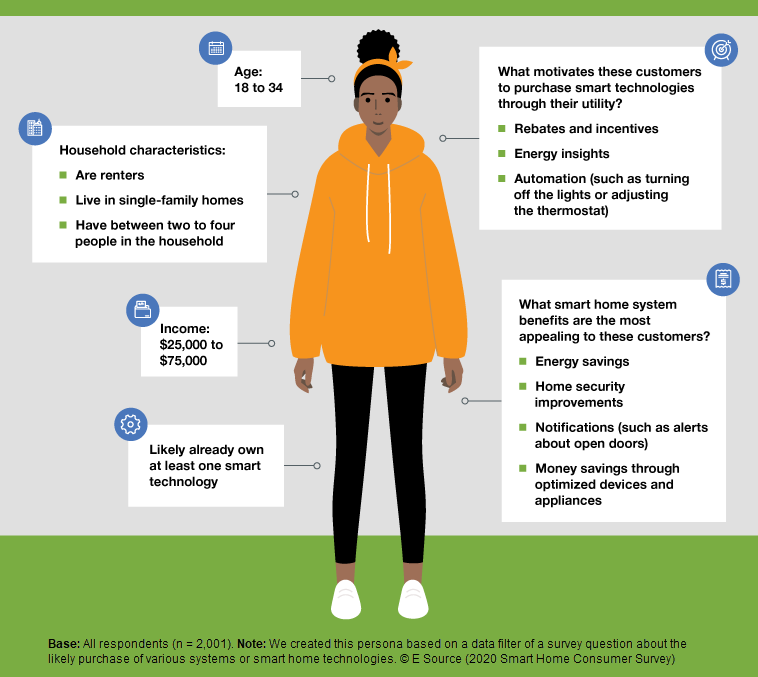
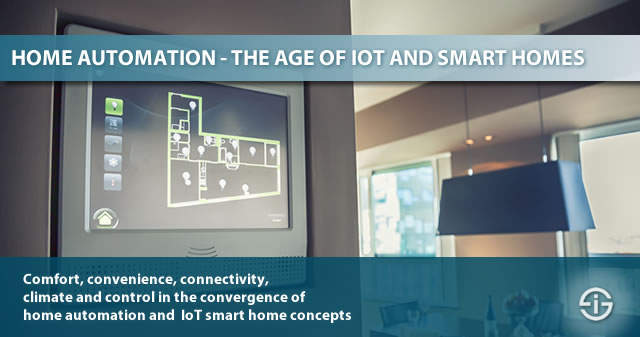
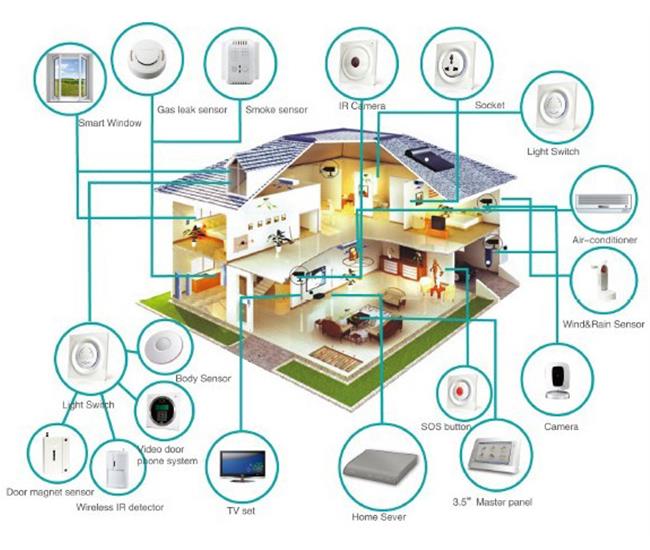
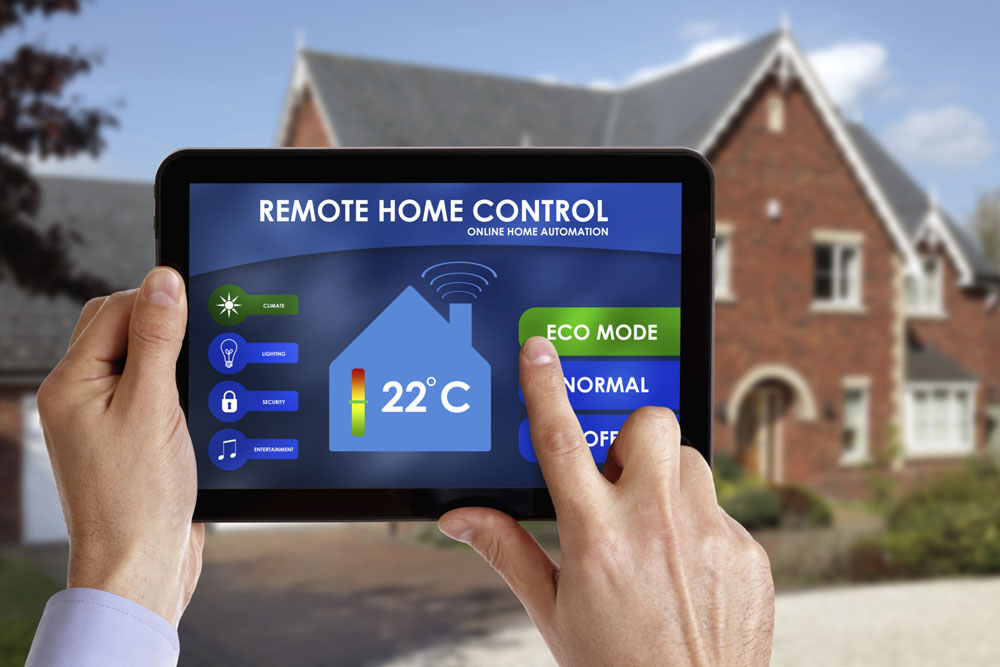


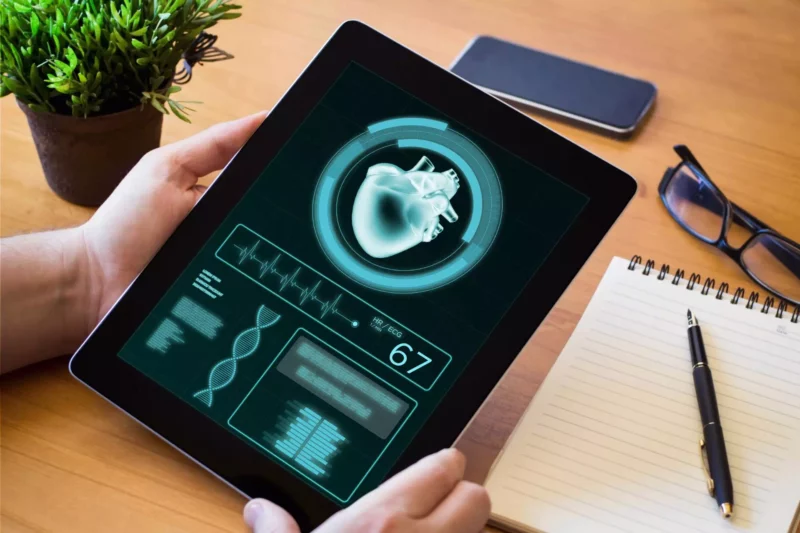

:quality(70)/cloudfront-eu-central-1.images.arcpublishing.com/thenational/GIROZ5UHPSKR5ZKG7D5IT4IHTM.jpg)
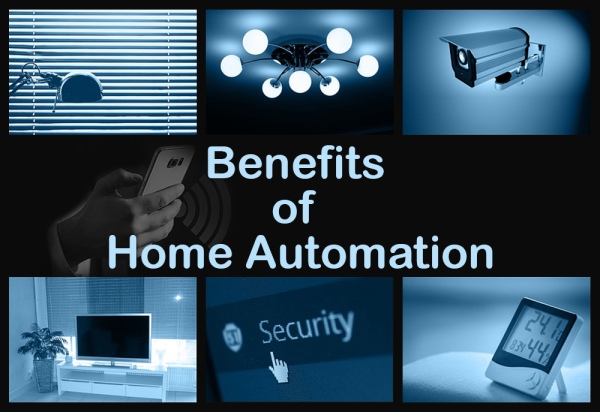

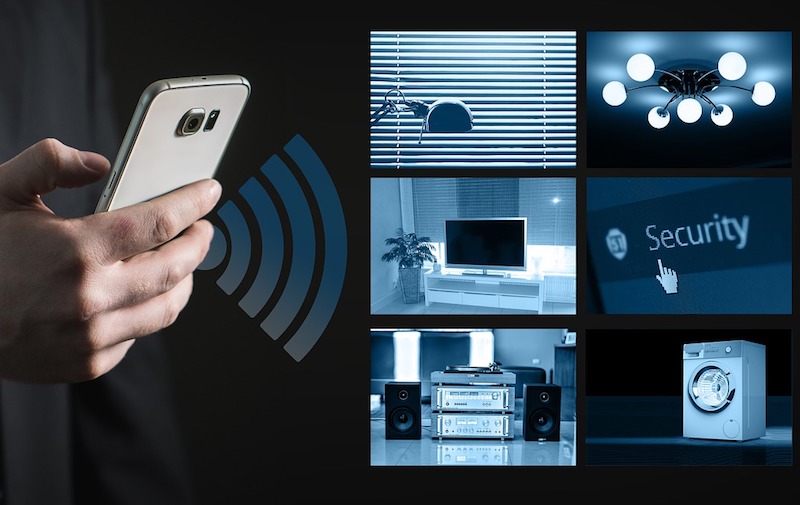
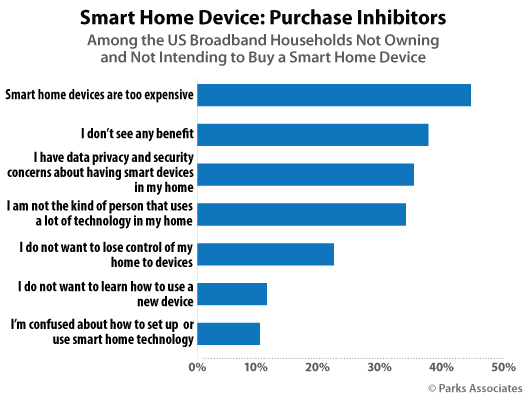


Comments
Post a Comment